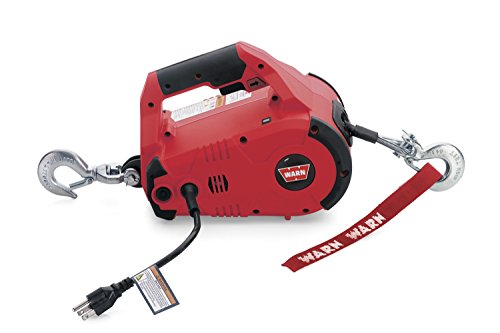Of course! The vacuum leak! :doh:
We have a smoke machine at work. It heats up an oil solution (like baby oil?) and connects to the car battery for power. It blows smoke out of the end of a hose that you can attatch to a vacuum port, or where ever you need. It's only capable of pressurizing about 2PSI, but that's enough with the car in the shop and the doors closed, with a flashlight you can see any place where the smoke comes out. I use it to find leaks at intake manifolds, gaskets, hoses, I even find leaking gas tank seals with it.
I like what he said about the weak springs wearing the cams. That makes sense. But I never would have guessed a knock noise from the top end. That could definately explain what's been going on here in all the camshaft research.

arty: Good info! :yahoo:
I think this topic should win some kind of most interesting award or something. :good:


















































